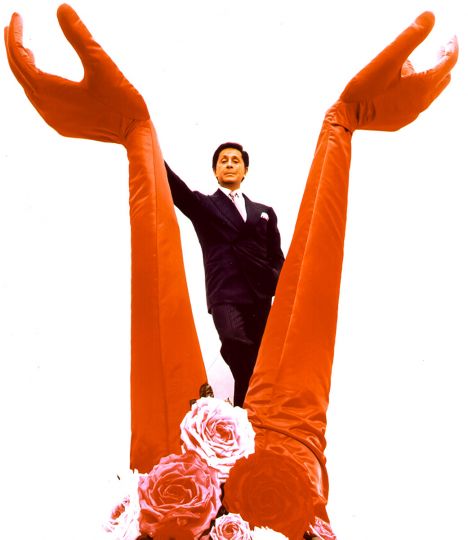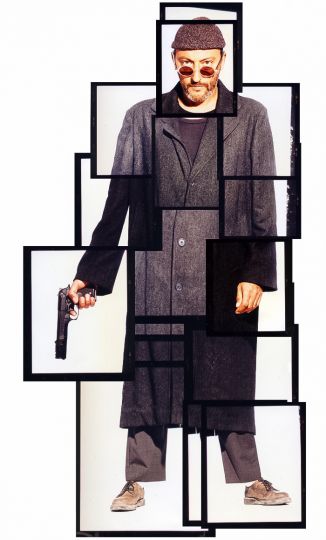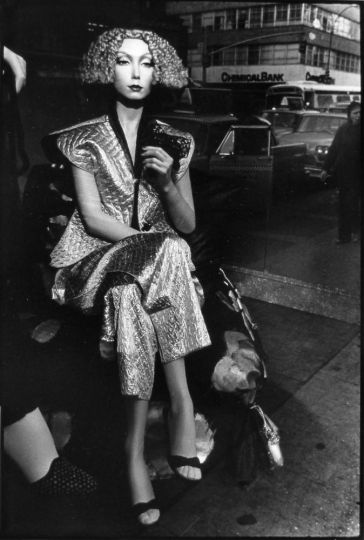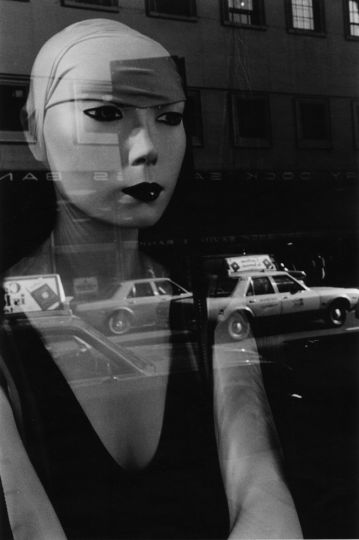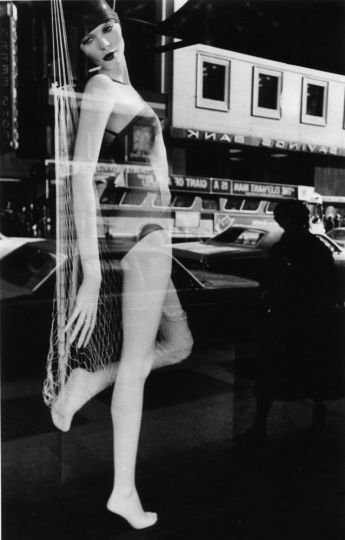The name of this year’s festival was “Parade.” The fatal mistake is right there in the title. A parade is festive, friendly, flamboyant. But this parade was a motley commemoration of a few nostalgic veterans celebrating a soldier whose name isn’t even unknown: François Hébel.
And, really, we’ve had enough of these veterans: enough Martin Parr, enough Raymond Depardon, enough Christian Lacroix, enough Erik Kessels. They’re all great, but their ubiquity has become unbearable. At this rate, if Hébel and the festival weren’t parting ways, then next year’s edition would have featured Martin Parr’s cookbook, Raymond Depardon’s garden gnomes and Christian Lacroix’s children’s toys.
Open up, renew, change the decade—change the century!—that’s what this festival needs.
But it gets worse. Visitors were treated to some real “hip” technology: five exhibitions you could only see with a flashlight, housed in a Stalinist building where, sadistically, you had to take two elevators numbered in reverse to a place where thousands of photographs awaited you. By the fourth room, people were annoyed, by the sixth room upset, and by the tenth room epileptic—and there were 30 more to visit! I’ll spare you the details of the languid similarity of the photographs, but it somehow got even worse with the David Bailey exhibition: a vile stew of images with subjects and formats which made it seem like David was nothing more than a miserable copycat cribbing off Penn, Avedon and Newton.
Let’s not even get into the two completely uninteresting “glamour” exhibitions at the magnificent Montmajour Abbey, nor the Lucien Clergue “hallway” exhibition… In short, Hébel’s final curtain call was a failure. It’s unfortunate and sad. He deserved better than this.
You should always go out with a bang. Think of François Mitterrand on his deathbed, or Valéry Giscard d’Estaing on a blank screen. It’s never easy to revive the “Good old days.” The public could feel that it wasn’t a good year, but they don’t give a damn about the program! They came because they also feel that Arles is in transition, that it’s becoming a buyer’s festival, that galleries and collectors and agents are crowding in, that deals are being made, that guys and girls from all over are bringing an astounding creativity to the “off” and “off-off” sections of the festival. Everyone can sense that what’s happening in the SNCF workshops is important, especially when we witnessed the first sublime building renovated in less than 20 weeks.
Sam Stourdzé and his team, who will replace Hébel next year, were the picture of discretion. Some day we should revisit the past five years, with their wild passions and outsized egos. But even now nobody cares about it. Today, memory is short and cruel. Parties are popping up all over the city.
Farewell and best of luck to François Hébel. And welcome Sam Stourdzé!
Of course there were a few remarkable parts of the festival: a conference with François Cheval, the Léon Gimpel and Chema Madoz exhibitions, and the Walther collection with its impressive sets of Avedon, Sander and Araki.
And I should add: I’m not trying to settle any scores here. I’ve got nothing at all against François Hébel, with whom I’ve been on friendly terms for the past 40 years.









